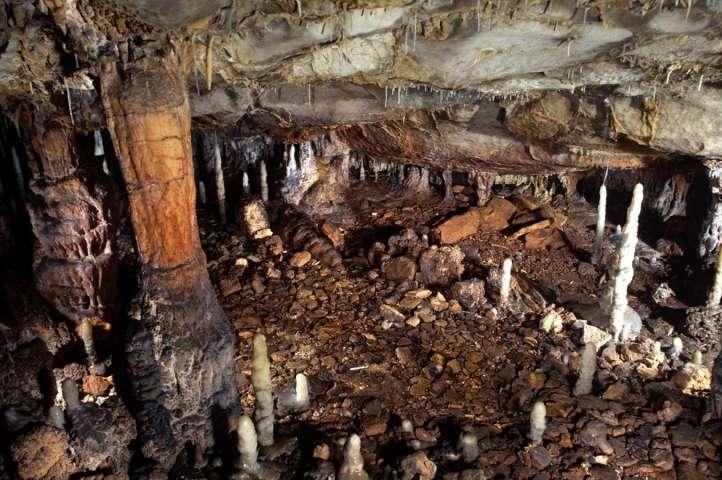CANTABRIA, Spain, Oct. 26 (UPI) -- Scientists believe the Eurasian cave lion was the largest lion species to ever walk the Earth. Unfortunately, it's no longer with us. According to a new study in the journal PLOS ONE, humans of the Late Stone Age may be to blame.
New evidence uncovered by scientists in Spain suggests some Upper Paleolithic hunters may have dabbled in the lion trade. Until now, evidence of lion exploitation has proven elusive.















